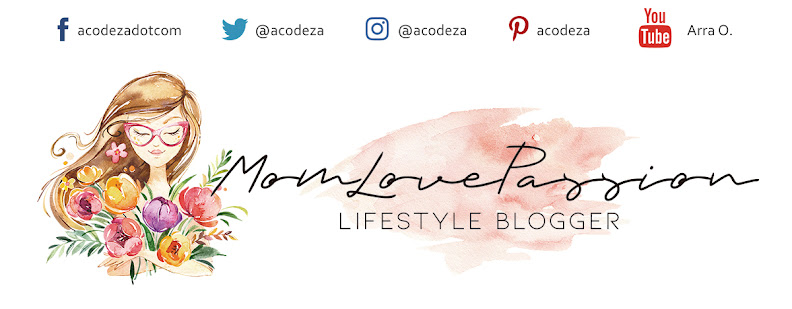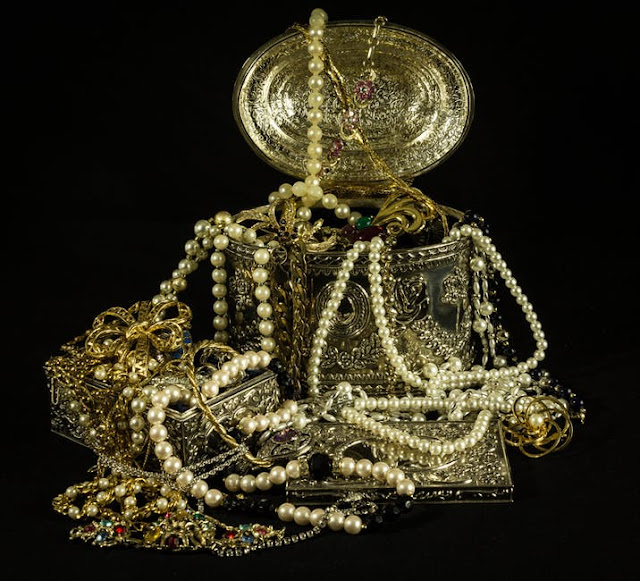Image from Pexels
Jewellery is believed to have first come to prominence during prehistoric times. Today it is seen as a way to enhance our sense of style, but long ago it was worn as a way to project a sense of status or rank.
The jewelry worn in medieval Europe symbolized a status-conscious society. Royalty wore gold and precious gems, while lower ranks in society wore base metals such as copper. The size and color determined the value of the items until the late 14th century.
Renaissance jewelry reflected the age’s passion for splendor. It was thought that particular types of stone could protect against specific ailments or threats, including a toothache.
By the mid 17th century, changes in fashion had introduced new styles of jewellry. Gemstones become ever more available thanks to an expanding global trade. Diamonds sparkled like never before and came to dominate jewellry design by the 18thcentury.
Huge industrial and social change came about in the 19th century. However, most of the jewelry design around this time focussed on the past. Classical styles were popular and evoked the glories of ancient Greece and Rome.
The arts and crafts movement jewelers rejected the machine-led factory system, instead focusing on handcrafted individual jewels. They replaced the repetition of mainstream settings with figurative and curving designs.
Art nouveau jewelry signaled a dramatic shift in jewelry design. The pieces that were created had undercurrents of eroticism and death – a world away from the floral motifs of earlier generations.
Although they were periods of boom and depression, jewelry design between the 1920s and 1950s continued to be both innovative and glamorous. The industrial age was celebrated through sharp, geometric patterns while exotic creations inspired by the Far East hinted that jewelry fashions were genuinely international.
Since the 1960s the boundaries of jewelry have been continually redefined. New technologies and materials have been added such as plastics, papers, and textiles overturning notions of status traditionally implicit in jewellry.
Thanks to http://lois-bullion.com/










No comments:
Post a Comment